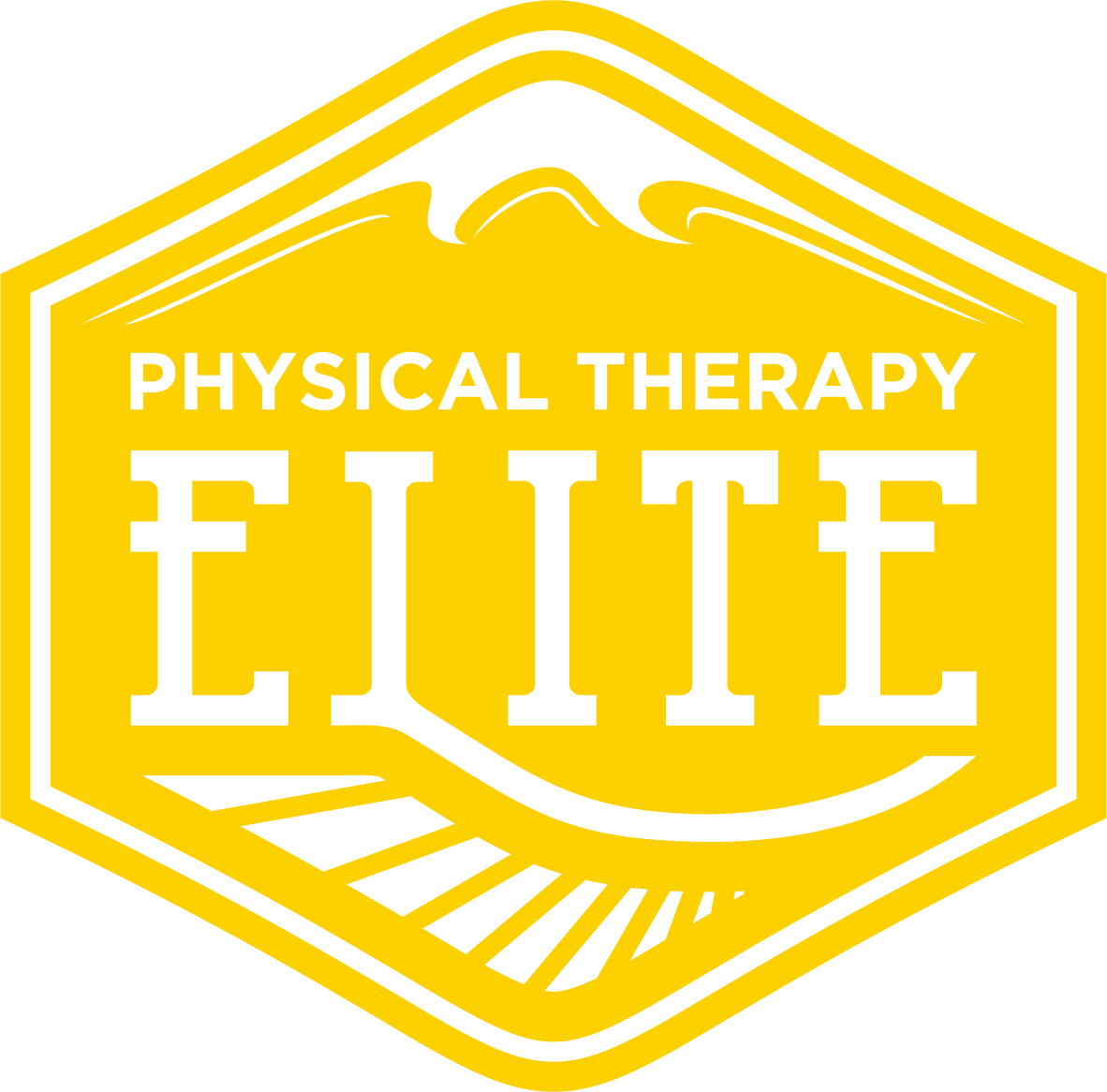Massage, chiropractic and acupuncture were not too long ago considered “unconventional, alternative, and unorthodox therapies”
A study published in The New England Journal of Medicine in 1993 examined exactly this. “Unconventional Medicine in the United States: Prevalence, Costs and Pattern of Use.”
Here is a summary of the results:
-The use of unconventional therapy was not not significantly different between sexes or insurance status.
-The use of unconventional therapy was significantly more common in people ages 25-49.
-Unconventional therapy was most sought out for back problems. (Arthritis, Sprains/strains and headaches were also high on the list.)
In 1990, the estimated number of visits to providers of unconventional therapy was 425 million (Compared to 388 million visits to all primary care physicians combined!)
In addition, 55% of study respondents paid the entire cost of their unconventional therapy out of pocket! (Americans spent $11.7 billion on unconventional therapies in 1990.)
What this tells me is that people sought unconventional therapy because “conventional” medicine was not helping them, and they were willing to pay for it!
The last finding of major interest to me was that a full one-third of the study respondents who used unconventional therapy did not use it for any of their principal medical conditions, but rather for health promotion or disease prevention.
This was/is very forward thinking and is a testament to the skills and scope of unconventional therapists!
This makes me proud.
As physical therapists, we do all three “unconventional” therapies.
Soft tissue work, joint manipulation, and dry needling.
Cheers to unconventional, alternative, and unorthodox!
So what is the origin of “physical therapy”?
What was the profession founded on?
Where do PT’s find their roots?
In the following posts, you will see that:
Physical Therapy was born of necessity and evolved expertly.

